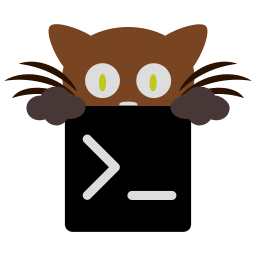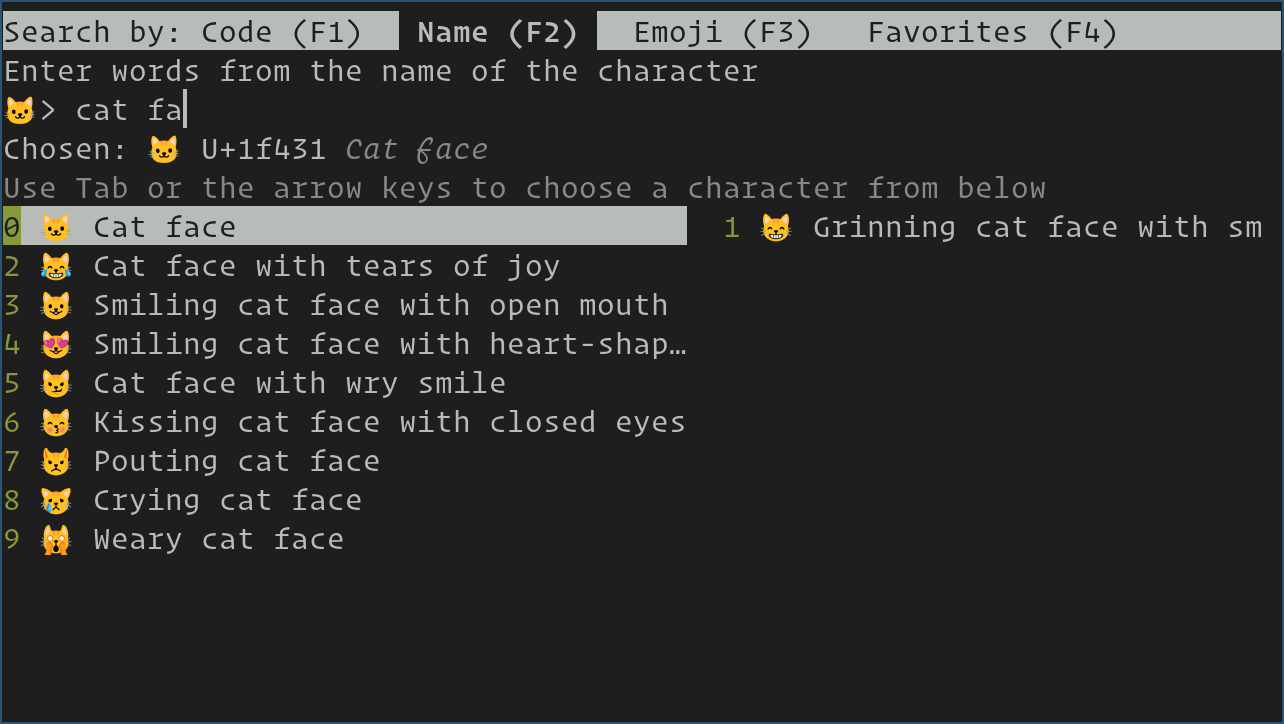How To Install Kitty Terminal on AlmaLinux 9

In this tutorial, we will show you how to install Kitty Terminal on AlmaLinux 9. Kitty Terminal is a modern, fast, and feature-rich terminal emulator that has gained significant traction in the Linux community. It offers a wide array of features, including GPU-accelerated rendering, support for ligatures and emoji, and extensive customization options. These attributes make Kitty an attractive choice for users who spend considerable time in the command-line interface.
This article assumes you have at least basic knowledge of Linux, know how to use the shell, and most importantly, you host your site on your own VPS. The installation is quite simple and assumes you are running in the root account, if not you may need to add ‘sudo‘ to the commands to get root privileges. I will show you the step-by-step installation of the Kitty Terminal on AlmaLinux 9. You can follow the same instructions for CentOS and Rocky Linux or RHEL-based.
Prerequisites
- A server running one of the following operating systems: AlmaLinux 9.
- It’s recommended that you use a fresh OS install to prevent any potential issues.
- SSH access to the server (or just open Terminal if you’re on a desktop).
- An active internet connection. You’ll need an internet connection to download the necessary packages and dependencies.
- You’ll need root or sudo privileges to install Kitty Terminal and make system-wide changes. Make sure you have the necessary permissions before starting the installation process.
Install Kitty Terminal on AlmaLinux 9
Step 1. Update Your System.
First, update your system to ensure all packages are current. Open your terminal and run the following commands:
sudo dnf clean all sudo dnf update
These commands will update the package manager and upgrade all installed packages to their latest versions.
Once the update process is complete, you’ll need to install some essential tools required for building and compiling software. Run the following command to install these tools:
sudo dnf install gcc make git
With the system updated and the essential tools installed, you’re now ready to proceed with downloading Kitty Terminal.
Step 2. Installing Kitty Terminal.
Kitty Terminal’s source code is hosted on GitHub, making it easy to download and compile. To download the source code, you’ll need to clone the Kitty Terminal repository using Git. If Git is not already installed on your AlmaLinux 9 system, you can install it by running:
sudo dnf install git
Once Git is installed, navigate to the directory where you want to download the Kitty Terminal source code and run the following command:
git clone https://github.com/kovidgoyal/kitty.git
With the source code downloaded, the next step is to build Kitty Terminal from source. Before compiling Kitty, you’ll need to install the necessary build dependencies. Run the following command to install these dependencies:
sudo dnf install libX11-devel libXrandr-devel libXinerama-devel libXcursor-devel libXi-devel libXext-devel libxkbcommon-devel libxkbcommon-x11-devel harfbuzz-devel fontconfig-devel
Once the dependencies are installed, navigate to the “kitty” directory using the following command:
cd kitty
Now, you can compile Kitty Terminal by running the following command:
make
After successfully compiling Kitty Terminal, you’re ready to install it on your AlmaLinux 9 system. To finalize the installation, run the following command:
sudo make install
This command will install Kitty Terminal and its associated files to the appropriate locations on your system. Once the installation is complete, you can verify that Kitty is installed correctly by running the following command:
kitty --version
If the installation was successful, you should see the version number of Kitty Terminal displayed in the terminal.
Step 3. Configuring Kitty Terminal.
Now that Kitty Terminal is installed, you can start configuring it to suit your preferences and requirements. Kitty Terminal provides a wide range of customization options, allowing you to tailor its appearance and behavior to your liking.
To begin configuring Kitty, you’ll need to create a configuration file. Open the terminal and run the following command to create the configuration file:
mkdir -p ~/.config/kitty touch ~/.config/kitty/kitty.conf
This command will create a new directory named “kitty” in the “.config” directory of your home folder and create an empty configuration file named “kitty.conf” inside it.
Open the “kitty.conf” file using your preferred text editor, such as Vim or Nano:
nano ~/.config/kitty/kitty.conf
In the configuration file, you can specify various options to customize Kitty Terminal. Some basic configuration options include:
Changing the font and font size:
font_family Fira Code font_size 12.0
Setting the background and foreground colors:
background #1e1e1e foreground #f8f8f2
Configuring the cursor style and color:
cursor #f8f8f2 cursor_shape block
These are just a few examples of the many configuration options available in Kitty Terminal. You can explore the official Kitty Terminal documentation for a comprehensive list of configuration options and their usage.
In addition to basic configurations, Kitty Terminal also supports advanced features like keyboard shortcuts and themes. You can define custom keyboard shortcuts to perform specific actions or navigate between tabs and windows efficiently. Themes allow you to quickly change the appearance of Kitty Terminal by applying pre-defined color schemes and styles.
Step 4. Using Kitty Terminal on AlmaLinux 9
With Kitty Terminal installed and configured, you’re ready to start using it as your default terminal emulator on AlmaLinux 9. To launch Kitty Terminal, simply open a terminal and type:
kitty
Alternatively, you can create a desktop entry or assign a keyboard shortcut to launch Kitty Terminal quickly.

Congratulations! You have successfully installed Kitty Terminal. Thanks for using this tutorial for installing the Kitty Terminal on your AlmaLinux 9 system. For additional help or useful information, we recommend you check the official Kitty Terminal website.